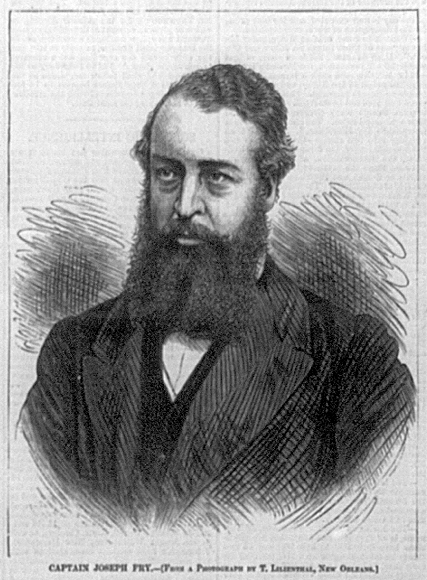Is this a PoD for the Basque?
Of sorts, as they're able to preserve the limited autonomy they had in the aftermath of the first war. Prim, before his assassination had wanted to pursue a pragmatic policy in regards to the Basques, but of course he was assassinated before that could be adopted and the more centralist instincts of the liberals took over.









